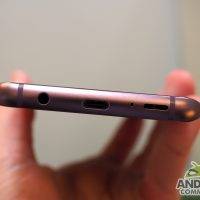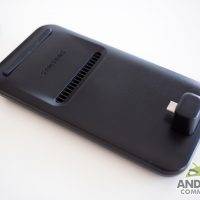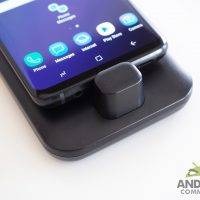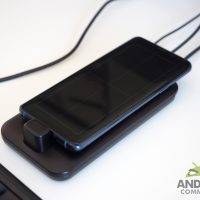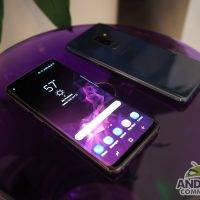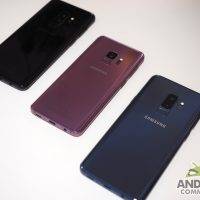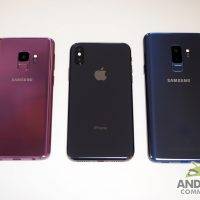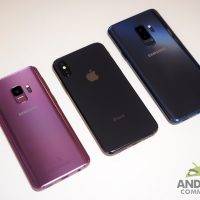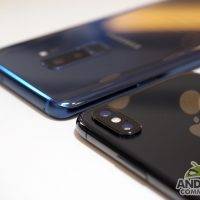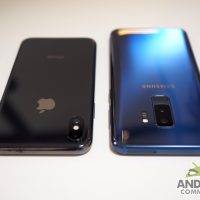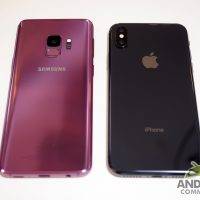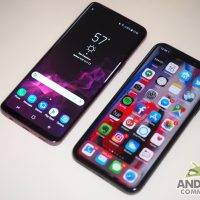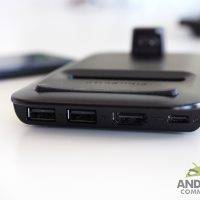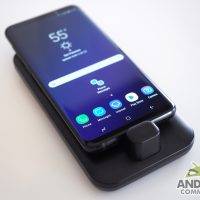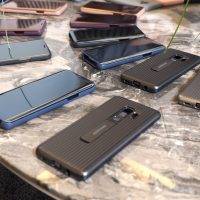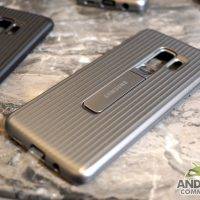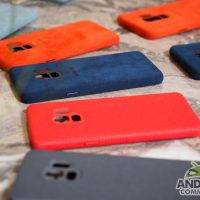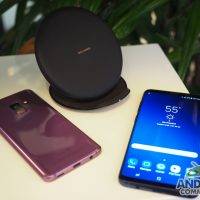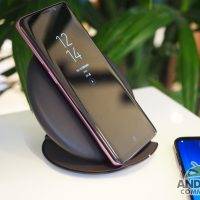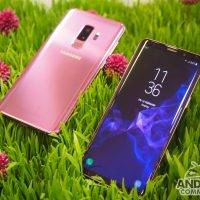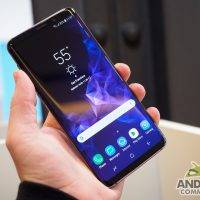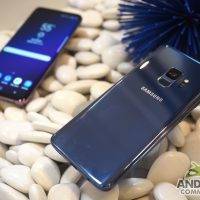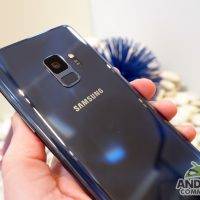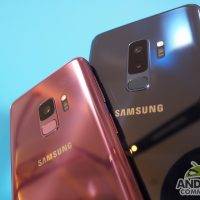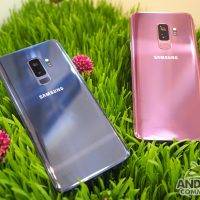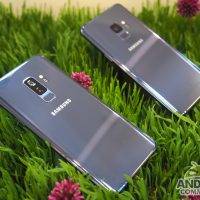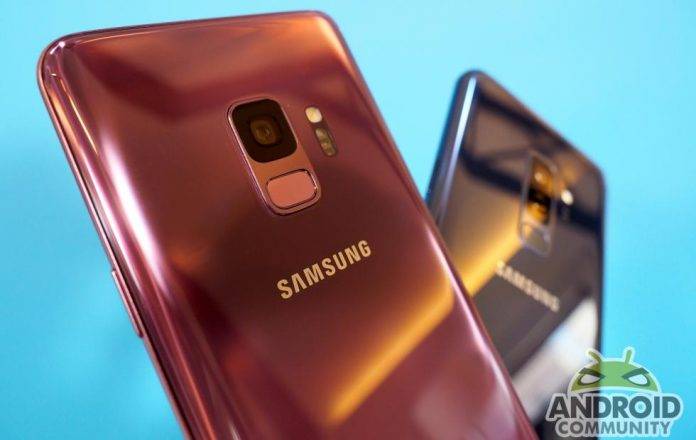
It is going to be interesting to see how the market will react to the Galaxy S9. Without a doubt, it looks a lot like last year’s Galaxy S8. But, as they say, looks can be deceiving and the Galaxy S9 and S9+ are anything but a doppelganger, down to very minute details. Inside and even just on its back, it is significantly so different that one really has to give it a second look. That is, if users can get past an initial “just a Galaxy S8” impression. This year’s Samsung flagship will really test whether refinement or revolution will win consumer’s hearts, not to mention their money.
Design
Why change a winning formula? That may be the line of thinking that happened during the Galaxy S9’s development. Indeed, the Galaxy S8 proved to be the company’s most popular design yet, at least according to that company. Rather than risk a bold new change, Samsung settled for refining what works.
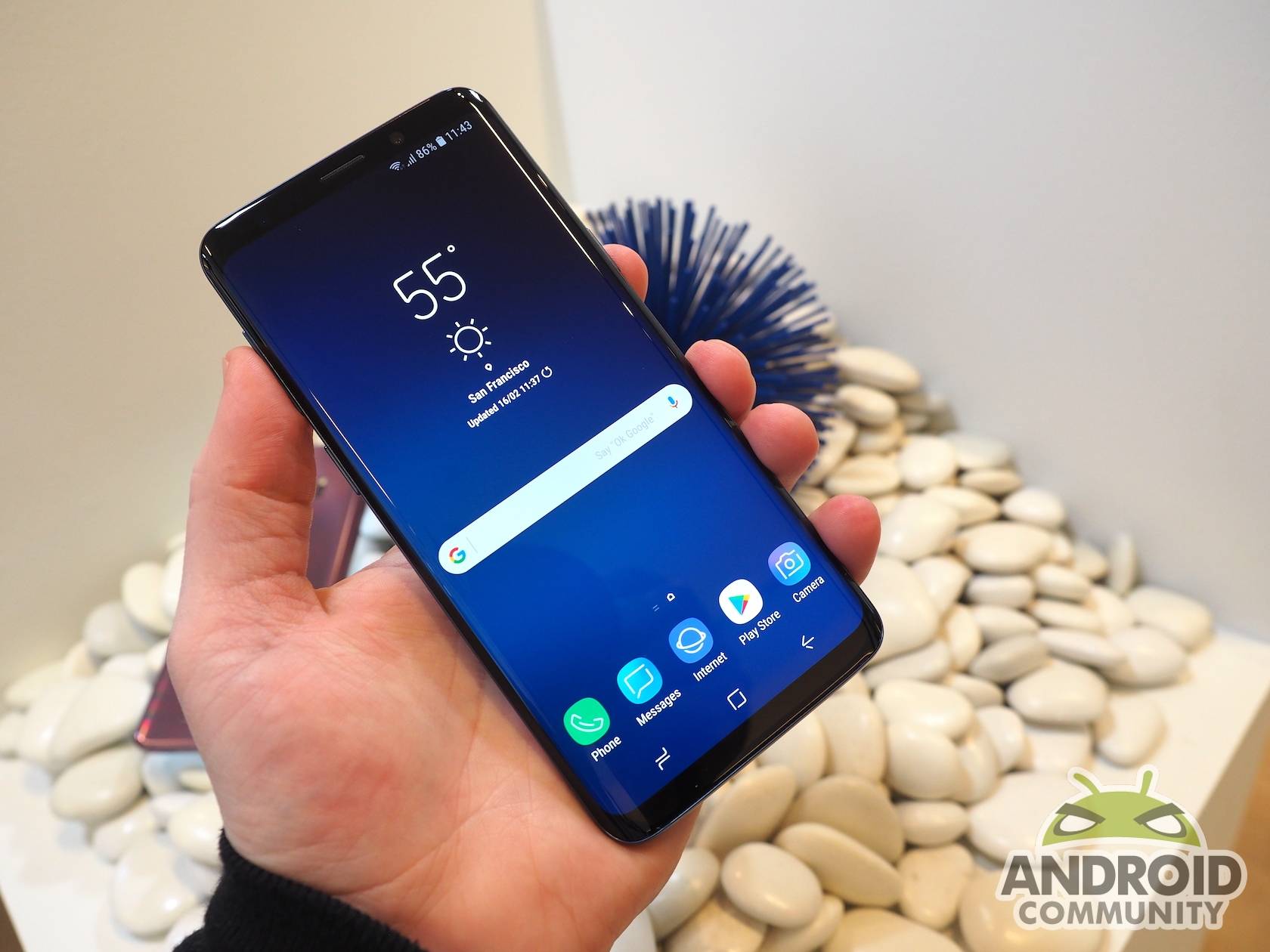
There are changes, of course, but most of them are subtle, almost invisible to the naked eye or hand. Both the Galaxy S9 and Galaxy S9+ are more than a millimeter shorter than their respective predecessors. They are, however, also wider and thicker, though not exactly by much. Unless you compare spec sheets or know what you are looking for, you might not be able to even tell the difference. Your hand might, though, since this year’s models are noticeably heavier. It’s not going to strain your hand, mind, and might even be a good thing. It keeps the phones from feeling like lightweight plastic dummies.
Flip the phones over, however, and you see the first and biggest change. Aside from the Galaxy S9+’s dual cameras, of course. The fingerprint scanner (still not a button) is finally at the center, below a now vertical camera arrangement. Samsung, proudly or stubbornly, insists the change was done based on user feedback. It’s almost an admission that the much-criticized placement of last year’s models never took any such feedback into account before it was made. Water under the bridge now, as they say.

Specs
Of course, most of the things that did change significantly are invisible, existing either as internal hardware or as software. As expected, the Galaxy S9 and S9+ sport the latest and nearly identical sets of specs, like the latest Qualcomm Snapdragon 845, at least for US variants, 64 to 256 GB of fast UFS storage, and a microSD slot that can handle up to 400 GB of memory, if you can find such a card. The two also retain the screen sizes and resolutions of their predecessors down to a T. That means a 5.8-inch Quad HD 2960×1440 (18.5:9) screen for the Galaxy S9 and a 6.2-inch Quad HD 2960×1440 (18.5:9) for the Galaxy S9+.
The two are also different in more than just screen or physical size. Unfortunately, they also confirm the disappointing whispers we heard before. The Galaxy S9 still has 4 GB of RAM only while the Galaxy S9+ still has 6 GB, just like last year’s flagships. Perhaps worse, the two also retain the same battery capacities, 3,000 mAh and 3,500 mAh, respectively, and still supporting only Qualcomm Quick Charge 2.0. It will be interesting to see how those numbers will hold in a real-world test, especially with the two’s more powerful hardware.
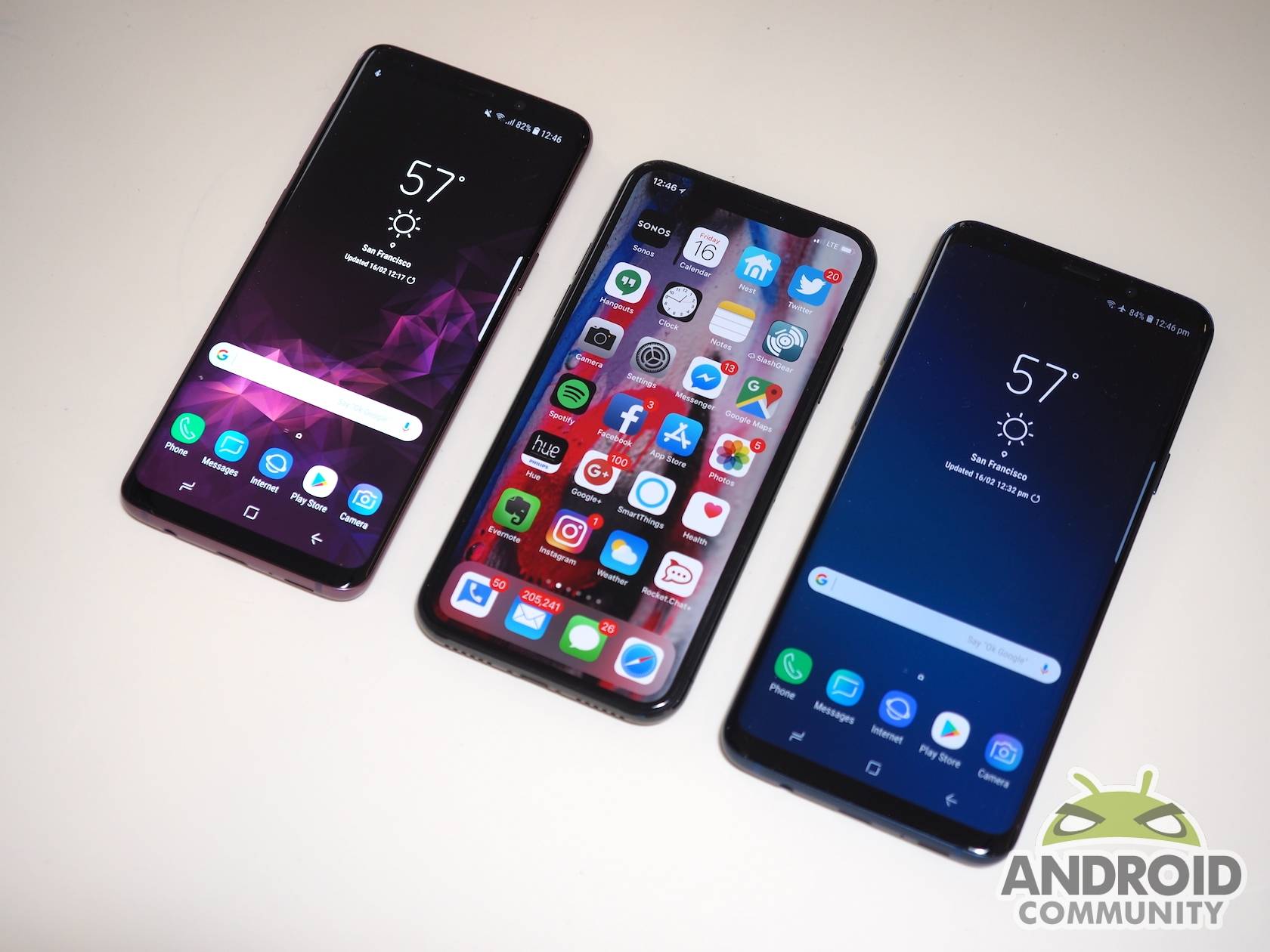
Samsung has pretty much stuck with the basics here. Nothing fancy or revolutionary. That goes the same for biometrics. It has upped its game a bit by combining iris sensor and face recognition into one “Intelligent Scan” feature, but otherwise, things are still the same. Fingerprint is still the most accurate but if you want to use a part of your face, Samsung will only allow you to use your iris for sensitive operations, like Samsung Pay.
Camera
Samsung has made it no secret that it was pouring everything it had on the “camera reimagined”. Even the Galaxy S9, with its lonesome camera on its back, wasn’t spared. Both models share one camera in common, a 12 megapixel AF sensor with f/1.5 and f/2.4 apertures. It isn’t much variable aperture as it is dual aperture. Users, or the camera app, which lens to use, depending on the lighting condition. Low light photos will look better using the larger f/1.5 while already well-lit scenes will do fine with the f/2.4. It’s no software trick either. There are really two lenses inside, and you can even see them switch places. Like the Galaxy Note 8, the second camera on the back is a 12 megapixel f/2.4 telephoto sensor.
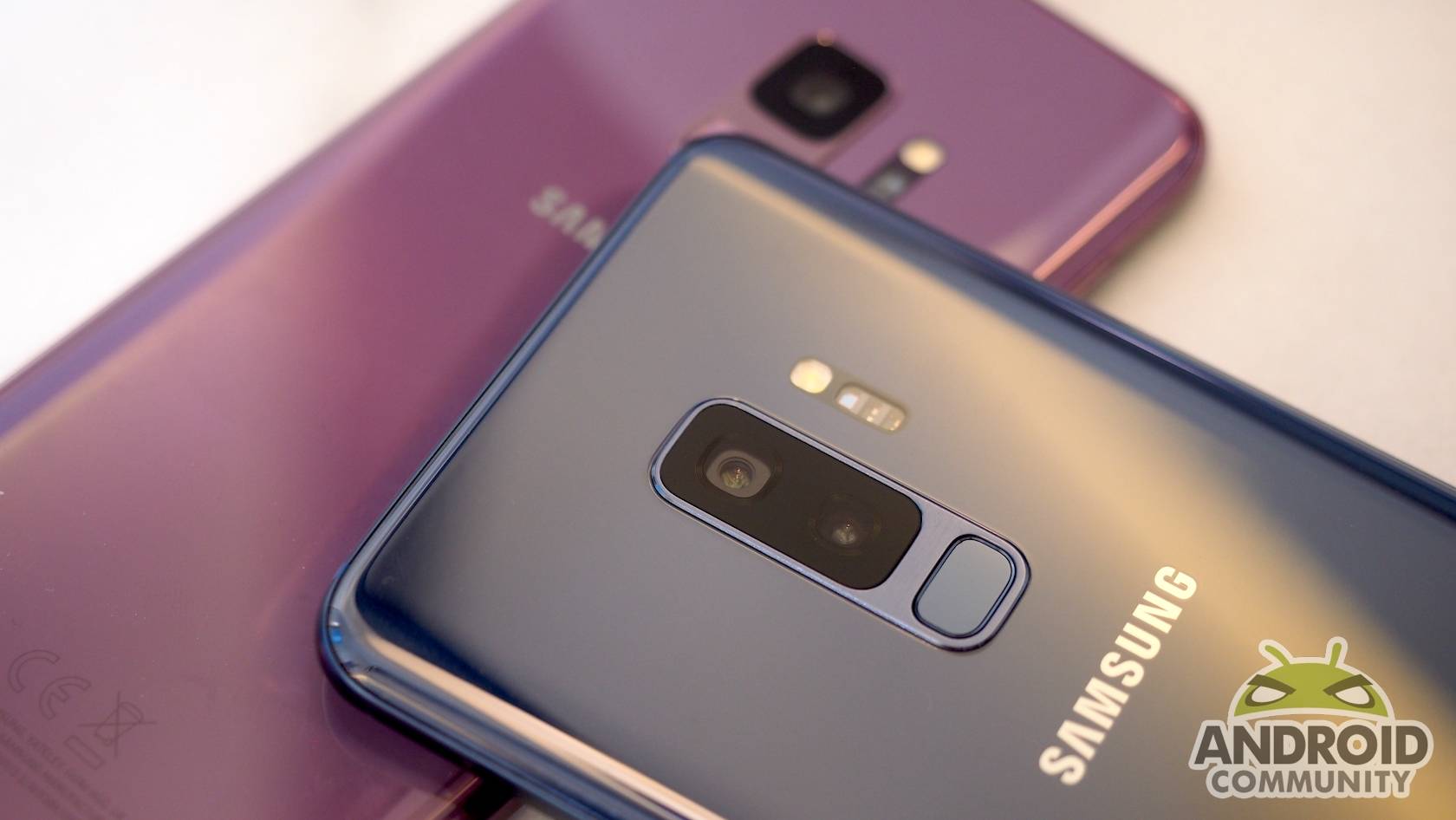
Samsung’s camera upgrade doesn’t stop there. Looking even deeper, Samsung’s camera sensors carry their own DRAM with them, a technology Sony was already employing last year. This fast memory lets Samsung do two things. First is multi-frame nose cancellation, where the camera captures 12 photos very quickly. It then splits these into three groups and applies noise reduction cancellation. Then the three images are combined into one, all in almost a blink of an eye.
Faster memory also allows the camera to record faster, which, ironic as it may sound, means super slow-mo. Most smartphones, including last year’s Galaxy S8, are already capable of recording video at 240 fps. The Galaxy S9 and S9+ are also still capable of that, but why bother when you can also do 960 fps, four times faster than normal slow-mo. But slow motion recording is often used, or at least wanted, to capture fleeting moments, sometimes faster than you can press record. Never fear, Samsung thought of that too and has implemented a feature just for that. In the camera app, select a trigger zone that the camera will monitor for movement. When it detects one, it will automatically record in super slow-mo. When it works, that is. It’s hit or miss, but still better than hoping against hope that you’ll hit that button in time.
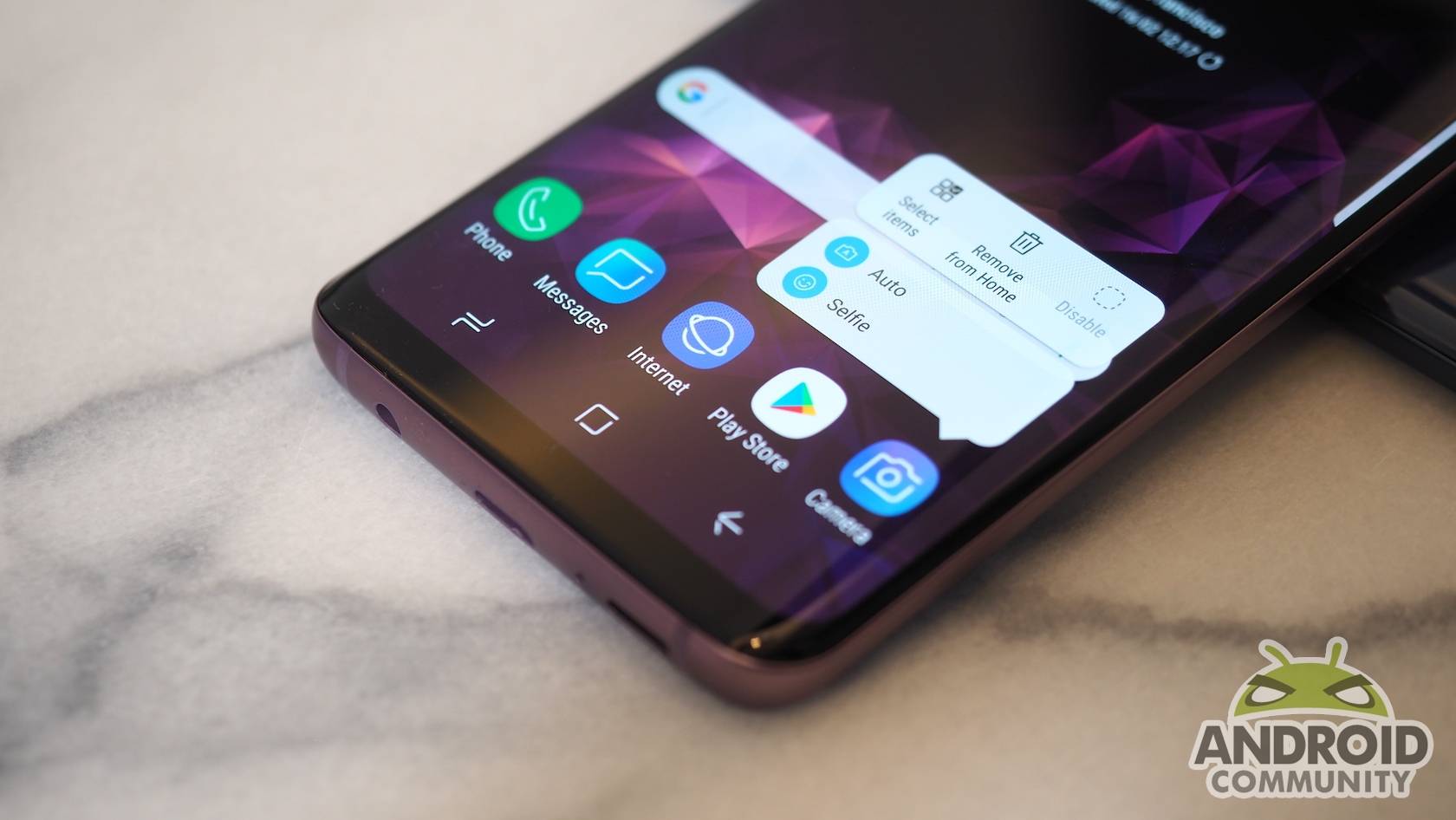
The front-facing 8 megapixel f/1.7 camera is not without its own tricks. And, yes, that means animojis. Full-body animonjis even. Well, sort of full-body. Samsung calls it “AR Emojis”. It will still map your face to a head and adjust your counterpart’s expressions to match yours. But unlike other animoji’s you’re not just a head either. You can select clothes for yourself and other accessories. You can select facial features and even choose between a more realistic representation or a stylized one. Pretty much like those dress-up cardboard figures, except in 3D and in real-time.
Bixby and DeX
It’s impossible to talk about Samsung flagships these days without mentioning two of Samsung’s newest babies, one of them still pretty controversial. Samsung is committed to making Bixby work and its piling up the features to make it happen. Bixby can now, for example, translate 54 languages and 63 currencies, and you don’t have to manually crop the area it will analyze. It will simply overlay the translation on top in real-time. Food recognition has also become more useful. Learn more about the nutritional value (or non-value) of your dish before you proudly post it online.
The new DeX Pad is something last year’s owners wished they had the first time around. gone is the awkward thick puck (or flat can, if you wish) replaced by a pad that leaves more of your phone exposed, including, finally, the 3.5 mm headphone jack. The change isn’t purely on the design side either. DeX now supports 2K screens, which is fitting considering the Galaxy S9 and S9+ have QHD+ displays, and turns your phone into a touchpad or even a virtual keyboard, should the need arise.

Wrap-up
Though highly popular, the Galaxy S8 was far from being perfect. Fortunately, it seems that Samsung has really taken the criticisms to heart, producing the Galaxy S9. It is, in other words, the Galaxy S8 you wish you had last year. It will be unavoidable that it will be compared with the Galaxy S8 in how it looks, but any comparison worth its salt will probably keep that to a minimum. Over time, it may be the Galaxy S8 that will be forgotten, relegated to a footnote as a transitional phase in Samsung’s smartphone evolution.
It won’t take long before we see whether the market will indeed judge the Galaxy S8 look-alike favorably. The Galaxy S9 and Galaxy S9+ will launch on March 16, with pre-orders kicking off on March 2. It will be available in Midnight Black, Coral Blue, and, of course, Lilac Purple. Pricing details are still under wraps, but Samsung will have a “trade up and save” promo to get a discount on the new phones by trading in a Galaxy S8 or S8+ or even an iPhone.
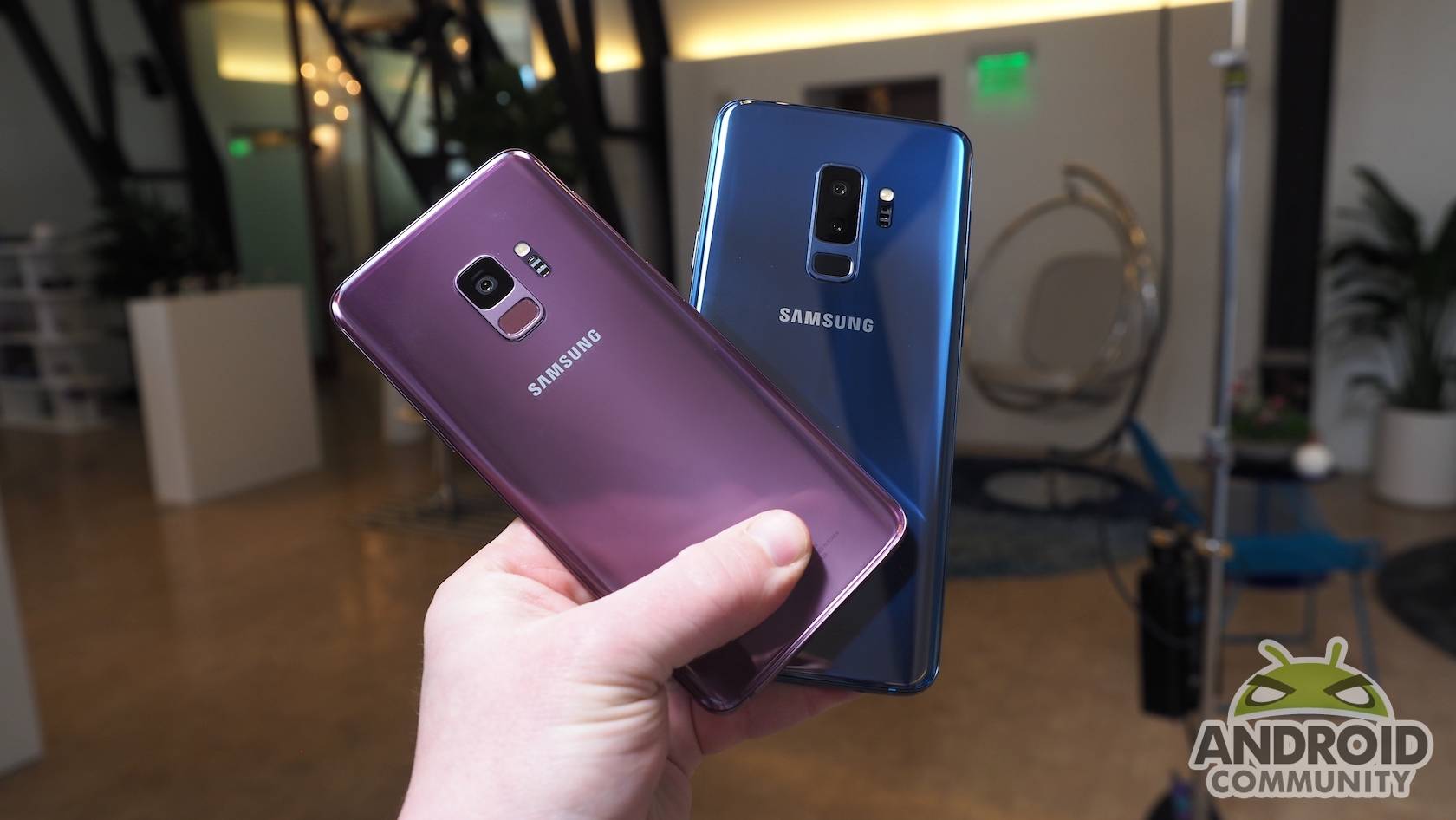
Galaxy S9 vs. iPhone X
DeX
AR Emoji
Accessories
Gallery


